Story Thinking (Beyond Storytelling)
In the AI Age, the future belongs to those who demonstrate Critical Thinking, Creative Thinking, Systems Thinking, and Story Thinking. Neuroscience found internal evidence that we are wired for stories and storytelling. Now a new research paper has found external evidence across many fields in the models we have created to guide transformational change. (ADIIEA model created by John Lewis, Ed.D.)
View the summary video below or download the paper (PDF) from the Journal of Innovation Management.

Business Insights
Methods from the last age were linear and prescriptive: Do-These-Steps-In-This-Order. ADIIEA is a method that is cyclic and descriptive. It provides the phases of thinking through a project which begins and ends in our most natural state: automation.
Oliver Wendell Holmes once said, “I wouldn’t give a fig for the simplicity on this side of complexity, but I would give my right arm for the simplicity on the far side of complexity.” He was describing the difference between maintaining the status quo with reactive training and memorization, and the elegance found only after knowing the options and choices considered throughout the entire story structure which leads to a state of proficient automation, with understanding.
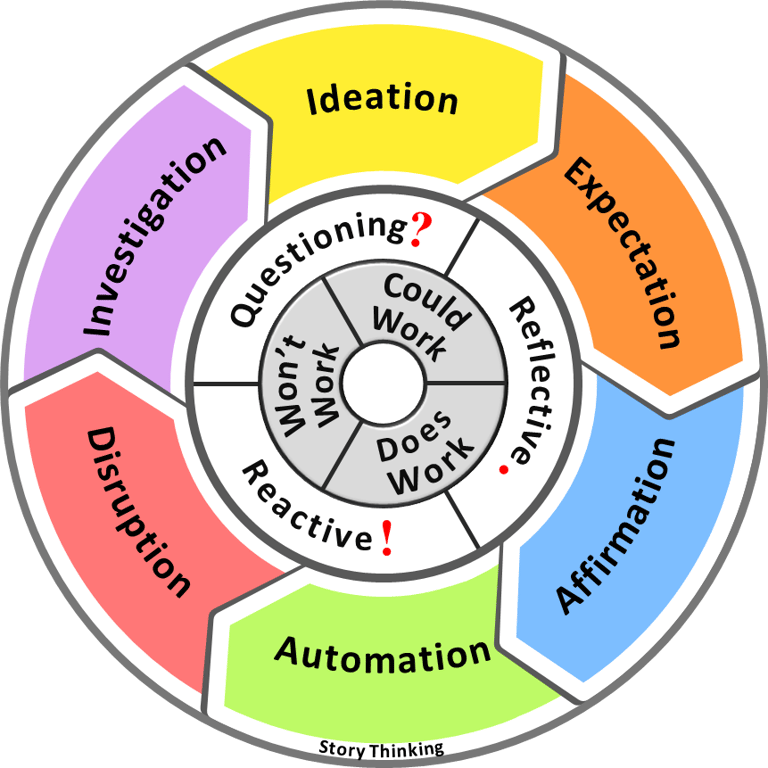

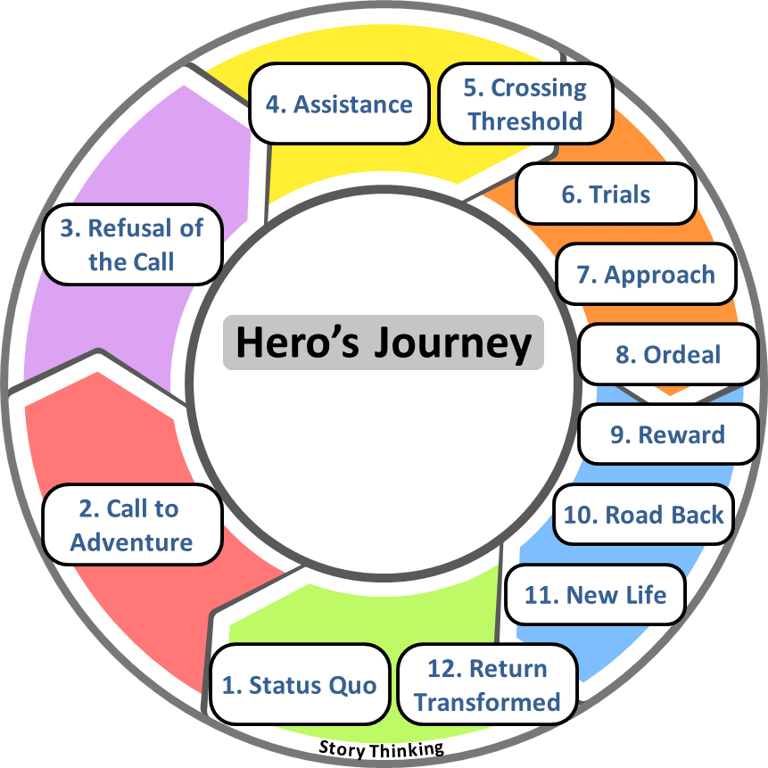

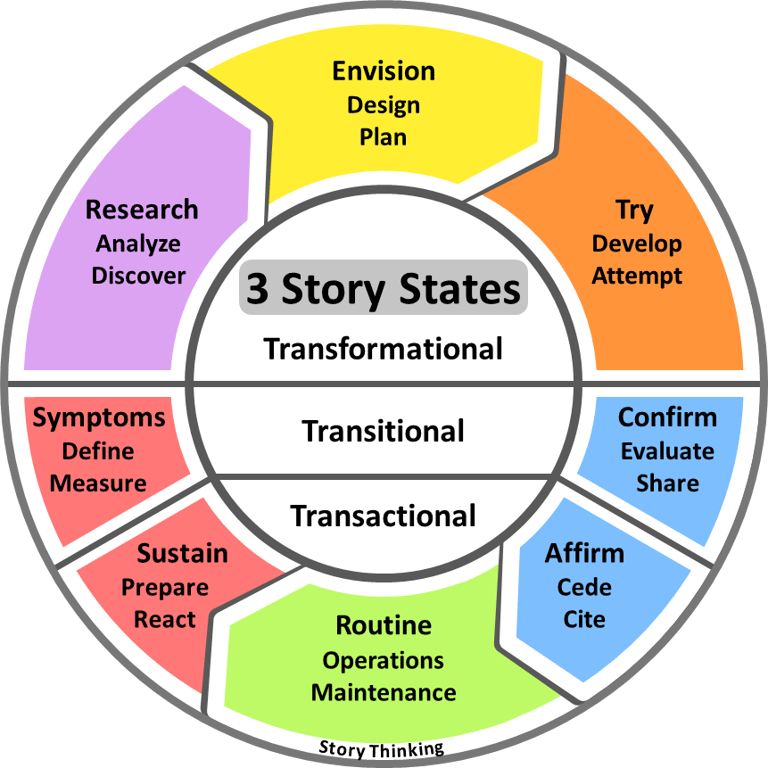

Understanding this story cycle allows us to evaluate each individual phase, and holistically manage an organization’s ability to prepare, innovate, change, and perform. And it allows us to connect the now-separate functions of Idea Management, Risk Management, and Operations Management:
Automation is where we manage proficiency through Operations Management, and distinguish between simplicity and elegance.
Disruption is where we manage preparedness through Risk Management, for problems as well as opportunities.
Investigation is where we manage impartial analysis through Investigation Management, for inspections and explorations.
Ideation is where we manage constructive ideas through Idea Management, and seek both derivations and innovations.
Expectation is where we manage realistic goals through Change Management, and act on what we put our hope and faith in.
Affirmation is where we manage certainty through Quality and Assurance Management, and distinguish between knowing and trusting.
Education Reform Insights
Our education systems are currently driven by evaluation models, not learning models. And these models are based on the behavioral psychology developed in a rat lab by B.F. Skinner, giving us operant conditioning, but not understanding. While these models have served us in the Industrial Age, where many students would learn to perform repetitive tasks, the AI Age demands that humans operate from their full potential.
Educators today are typically trained to evaluate student progress using Bloom's Taxonomy of educational objectives. In the introduction to his 1956 Taxonomy of Educational Objectives, Handbook 1, Bloom acknowledges that the idea for a taxonomy of learning objectives was formed by college examiners (not teachers), and that there was concern the taxonomy “might lead to fragmentation and atomization of educational purposes such that the parts and pieces finally placed into the classification might be very different from the more complete objective with which one started” (Bloom 1956). We now know through neuroscience that the underlying model being fragmented is the story.
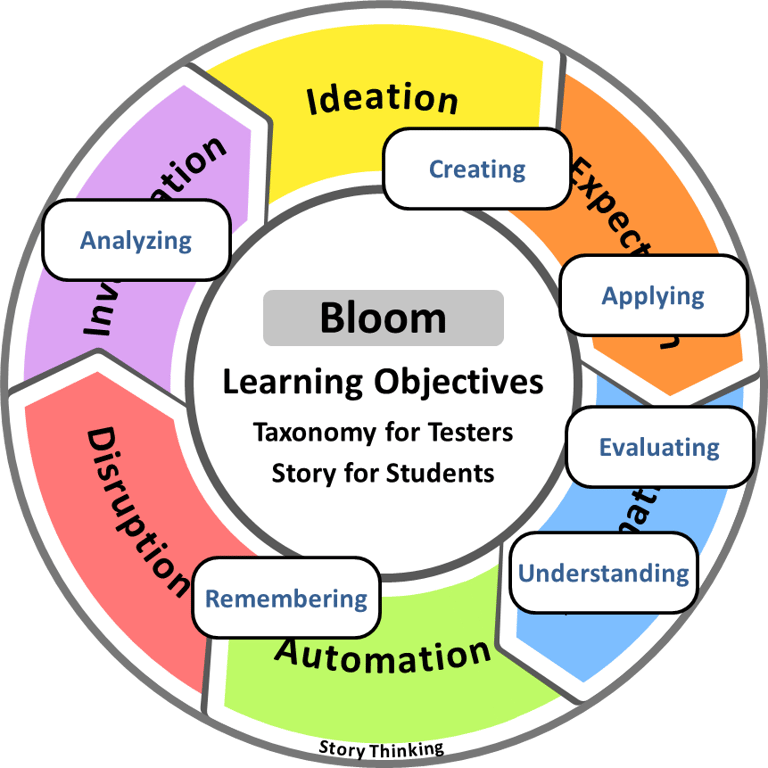

Learning Objectives Framework Progression
Following the implementation of Bloom's 1956 taxonomy, the fears of mental fragmentation were realized with a drop in student critical thinking skills. The U.S. government published "A Nation At Risk" in 1983 in response to the growing concerns and Bloom's taxonomy was revised in 2001 with a rearrangement of categories but still not a realignment with story patterns. Following the findings within neuroscience that our minds are wired for stories, Lewis published Story Thinking in 2019 with sections on Change, Learning, and Leadership.
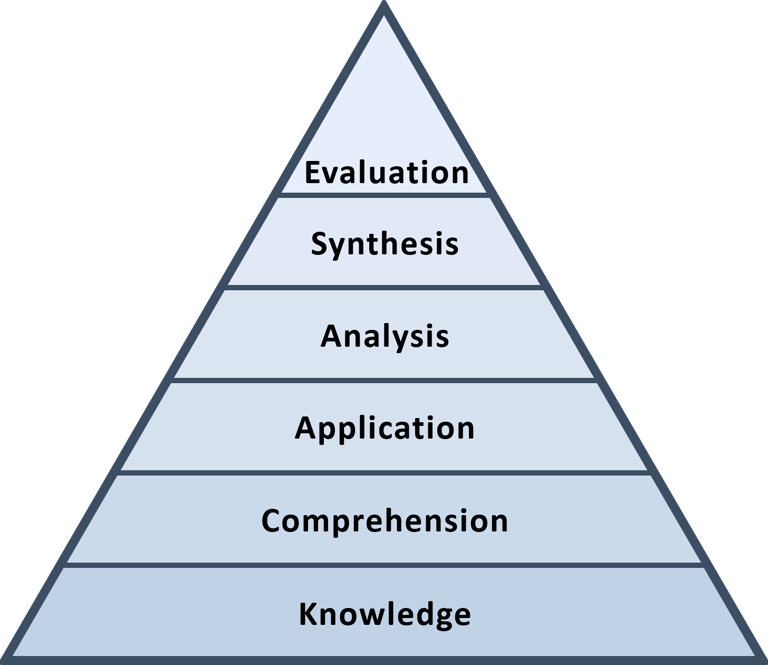

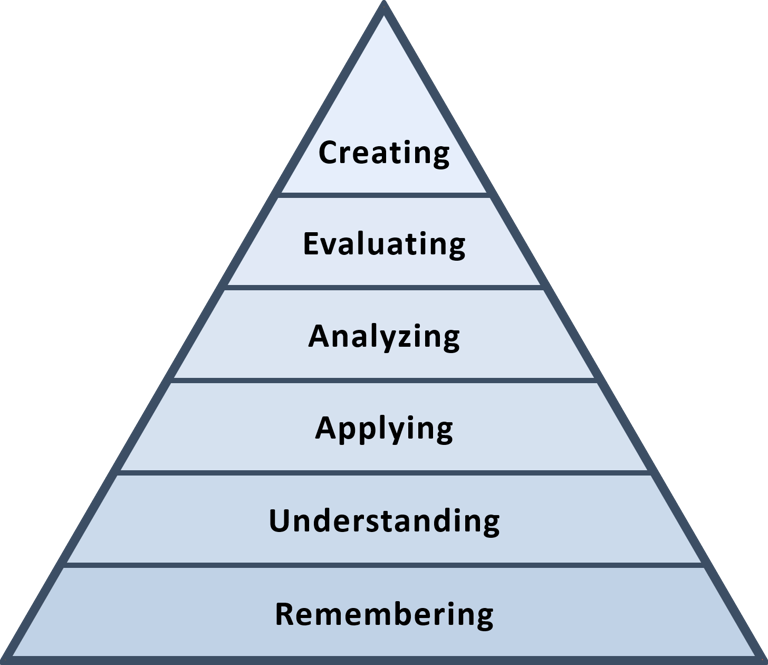

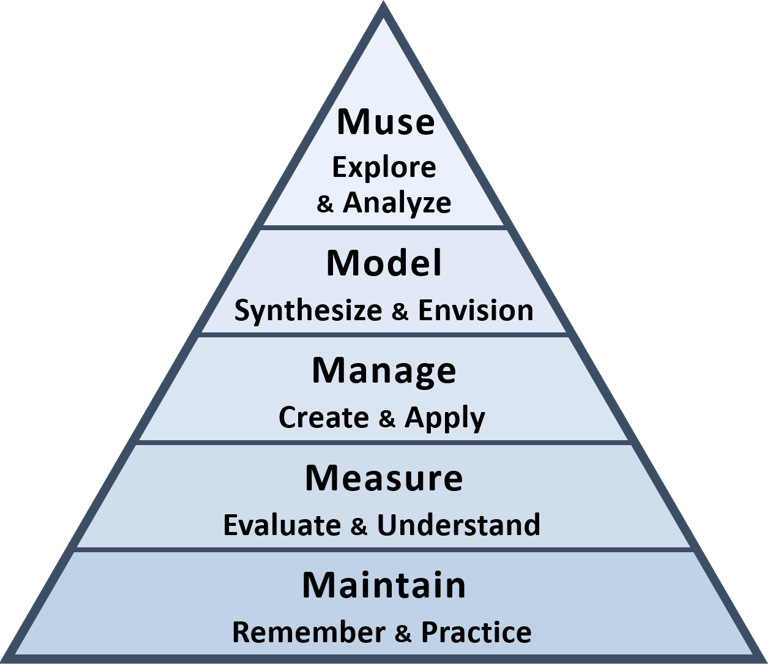

Bloom 1956
Bloom 2001
Lewis 2019
Designed from Evaluators for the Industrial Age
Taxonomy starts at bottom with Remembering
Creates Fragmentation in Critical Thinking Skills
Designed from Neuroscience for the AI Age
Learning starts at top with Muse Questions
Critical Thinking from Narrative Intelligence
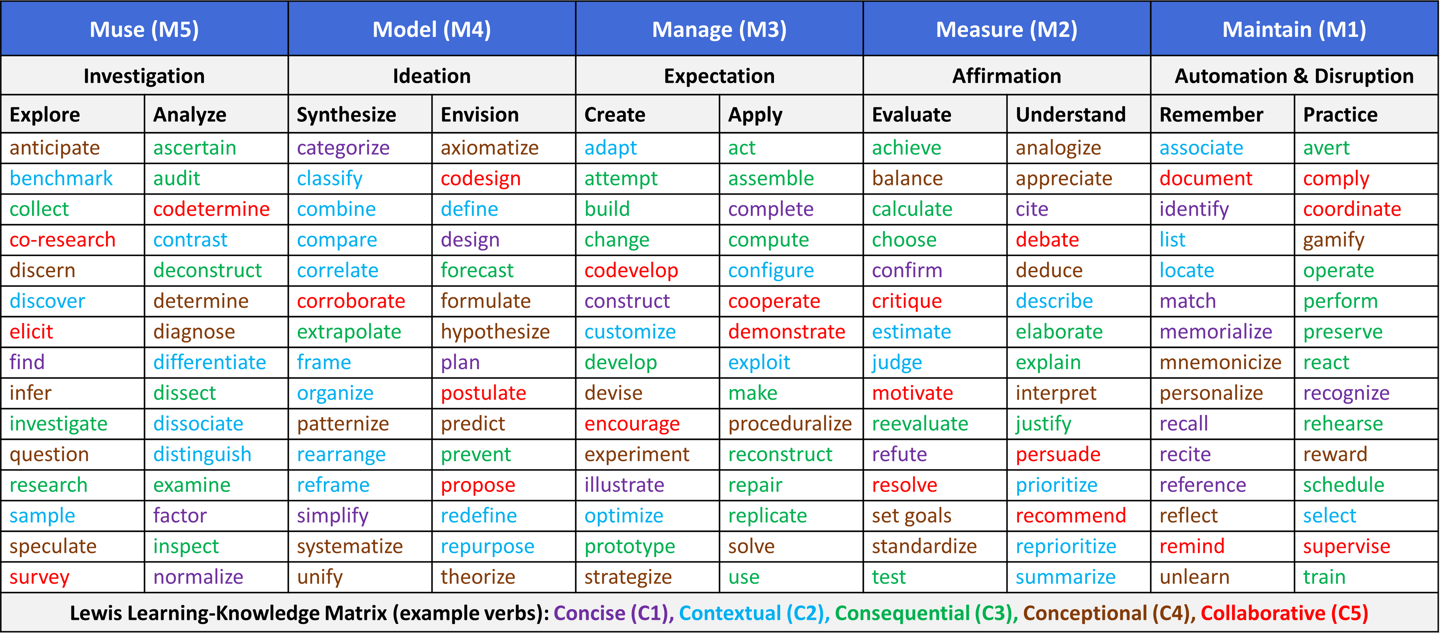

Learning Objectives Aligned with Story Thinking
“When you can teach a course on Critical Thinking, but can’t test the students for understanding, pedagogy is the problem, not the curriculum.” — John Lewis, Ed.D.
Get in touch for speaking engagements, workshops, and consulting.
© 2025, Explanation Age LLC
